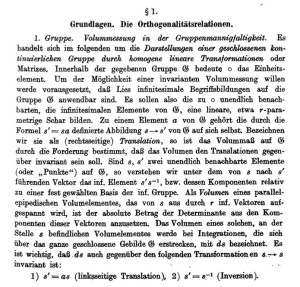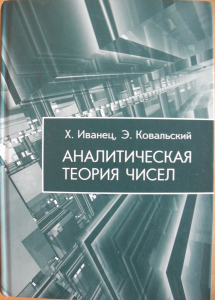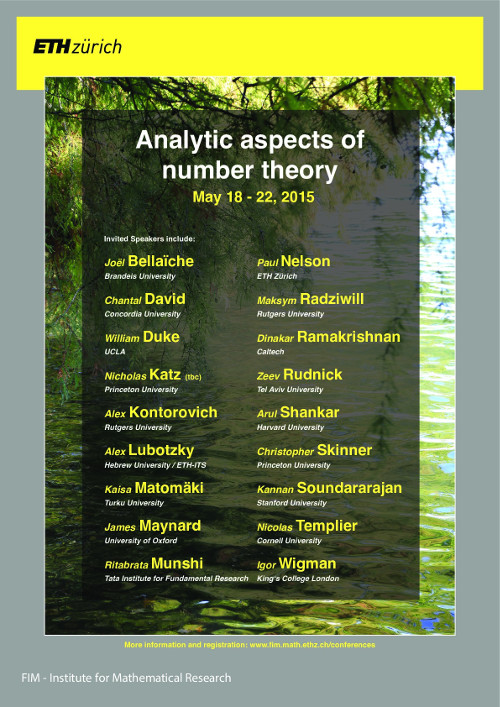Tamas Hausel just asked me (because of my previous post on the paper of Peter and Weyl) how could Peter and Weyl have proved the “Peter-Weyl Theorem” for compact groups in 1926, not having Haar measure at their disposal? Indeed, Haar’s work is from 1933! The answer is easy to find, although I had completely overlooked the point when reading the paper: Peter and Weyl assume that their compact group is a compact Lie group, which allows them to discuss Haar measure using differential forms!

So the question is: who first proved the full “Peter-Weyl” Theorem for all compact groups? Pontryaguin, in 1936, certainly does, without remarking that Peter-Weyl didn’t, possibly because it was clear to anyone that the argument would work as soon as an invariant measure was known to exist. But since there are “easier” proofs of the existence of Haar measure for compact groups than the general one for all locally-compact groups (using some kind of fixed-point argument), it is not inconceivable that someone (e.g., von Neumann) might have made the connection before.
In fact, there is an amusing mystery in connection with Pontryaguin’s paper and von Neumann: concerning Haar measure, he refers to a paper of von Neumann entitled Zum Haarschen Mass in topologischen Gruppen, and gives the helpful reference Compositio Math., Vol I, 1934. So we should be able to read this paper on Numdam? But no! The first volume of Compositio Mathematica there is from 1935; it is identified as Volume I, and there is no paper of von Neumann to be found…
[Update: as many people pointed out, the paper of von Neumann is indeed on Numdam, but appeared in 1935; I was tricked by the absence of 1934 on the Compositio archive and the author’s name being written J.V. Neumann (I had searched Numdam with “von Neumann” as author…)]

